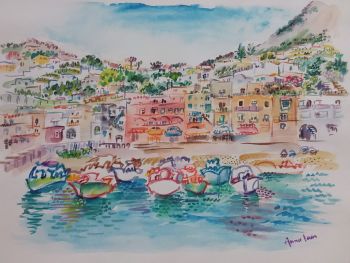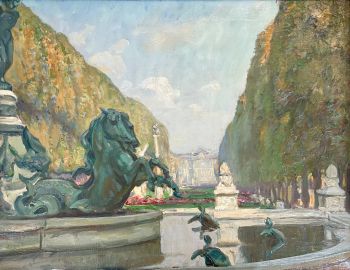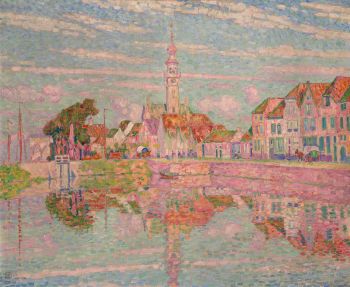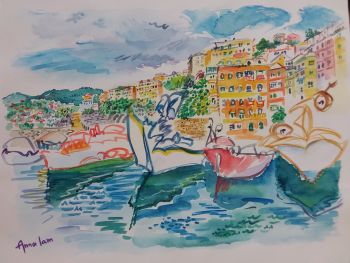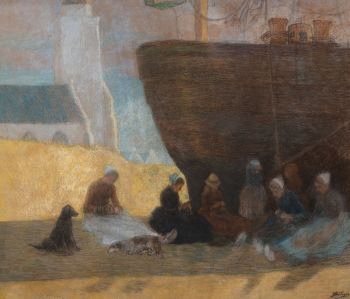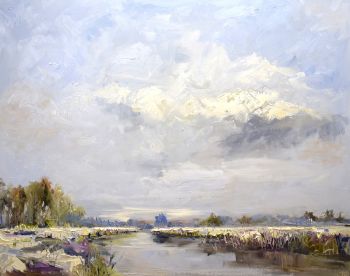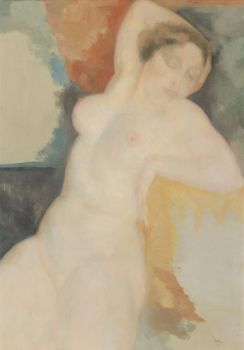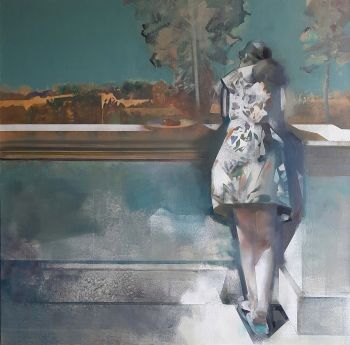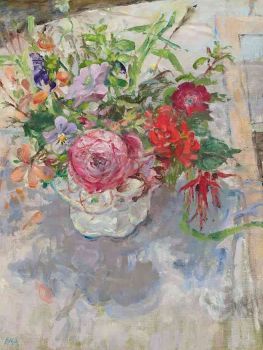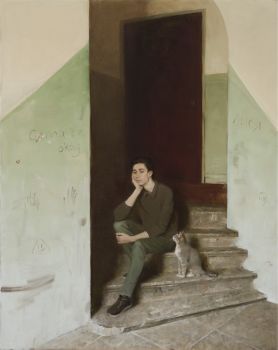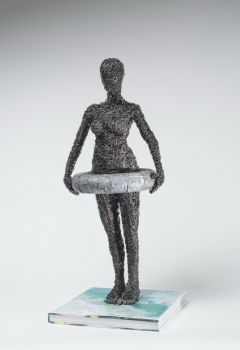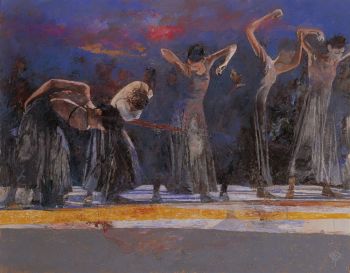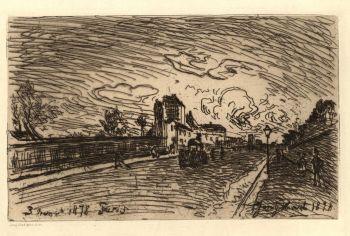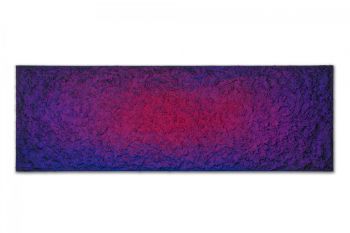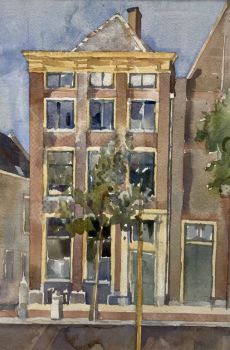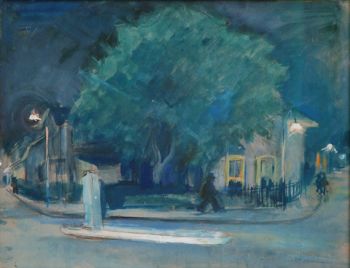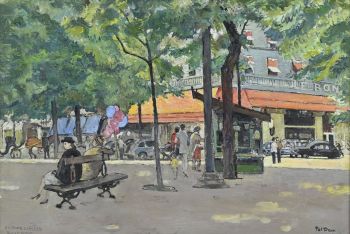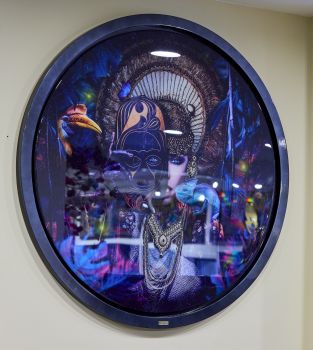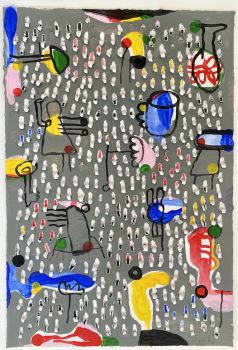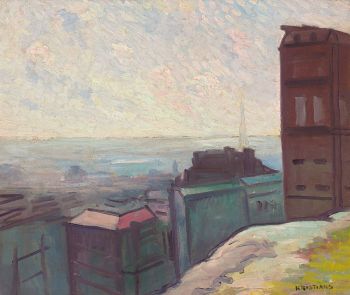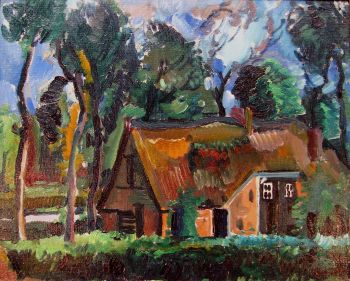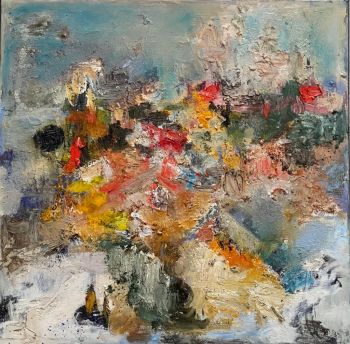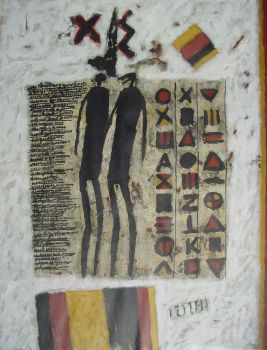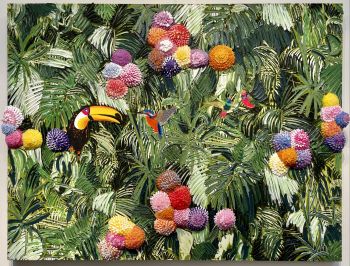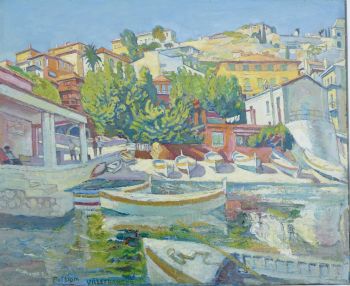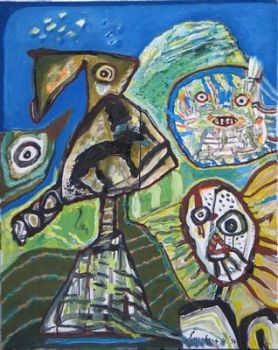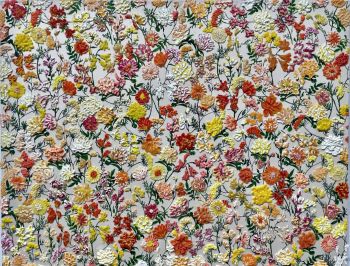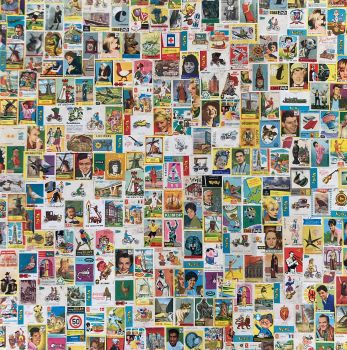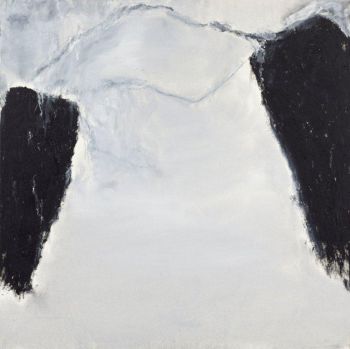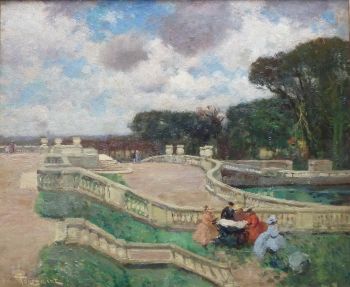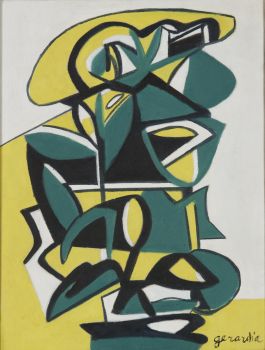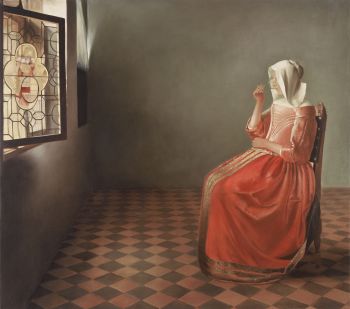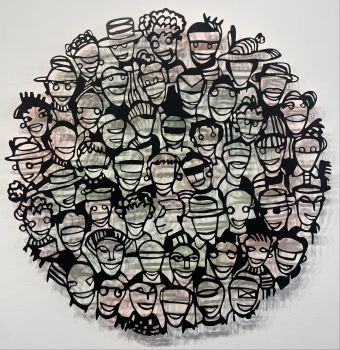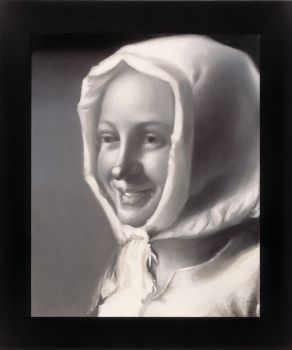About the artist
Lammert van der Tonge (Amsterdam, 24 February 1871 – Laren, 11 December 1937) was a Dutch painter, associated with the Laren School. He signed his works as L. v. d. Tonge.
Lammert van der Tonge was born as the son of the Jewish diamond cutter Levie Lammert van der Tonge (1823-1894) and Elsje Soesman Rudelsheim. Although he showed an interest in drawing at a young age, he initially followed in his father's footsteps and became a diamond cutter. However, he received drawing lessons from Eduard Frankfort and Maurits Niekerk, who encouraged him to further develop his artistic talent.
Shortly after his father's death, he passed the entrance exam for the Rijksakademie van Beeldende Kunsten, where he was trained between 1894 and 1898 by famous artists such as August Allebé, Carel Dake, Ferdinand Leenhoff and Nicolaas van der Waay.
In 1902, Van der Tonge received the prestigious Royal Subsidy for Free Painting. After periods in Drenthe and Gelderland, among other places, he finally settled in the Gooi. In 1905, he married his second cousin Clarence Koster (1878-1943), who worked as a teacher and translator. The couple lived in the artists' colony of Laren, where they surrounded themselves with other artists.
Van der Tonge specialized in oil paintings of (farm) interiors, figure studies and portraits. Later in his career, he focused more on floral still lifes. He was a member of the Artists' Association Sint Lucas and the prestigious Arti et Amicitiae. From 1899 onwards he participated in national and international exhibitions, including exhibitions of Living Masters, Sint Lucas and the 1913 World Exhibition in Ghent.
He received an honourable mention in Santiago (1910) and won a silver medal at the Panama-Pacific International Exposition in San Francisco (1915). In the same year, the Dordrechts Museum organised a solo exhibition of his work.
On the occasion of the silver jubilee of Queen Wilhelmina in 1923, Van der Tonge was commissioned to paint a representation of church attendance in Staphorst for an album with more than 200 works of art, donated to the queen on behalf of the Dutch people.
In Laren, Van der Tonge played an active role in the artists' community. In 1903, together with Emanuël van Beever, André Broedelet, Henk de Court Onderwater, Franz Deutmann and August Le Gras, he was one of the founders of the painters' club "De Tien" (The Ten) together with others. In 1913, together with artists such as Ferdinand Hart Nibbrig and Willy Sluiter, he was also at the cradle of the annual exhibitions in the hotel/art gallery Hamdorff.
Lammert van der Tonge died at the age of 66 and was buried in the Jewish cemetery in Muiderberg. In Laren, the Van der Tongelaan was named after him in his honor.


